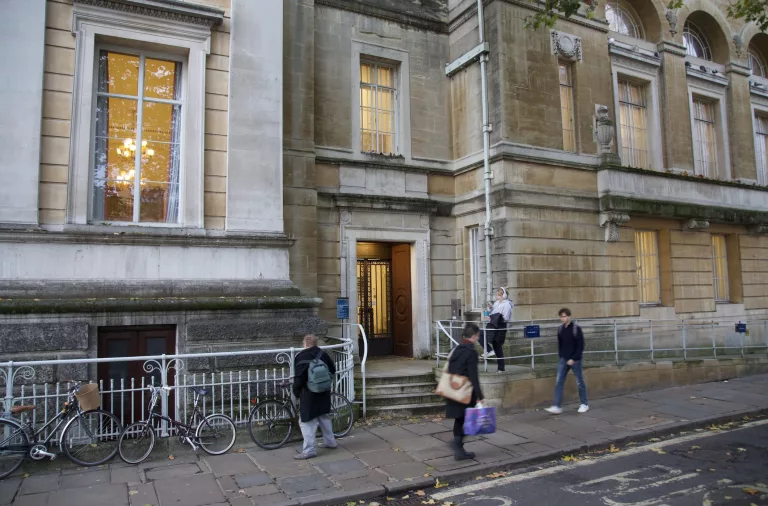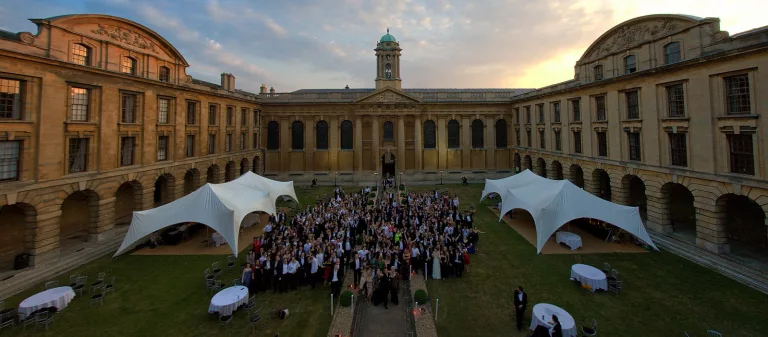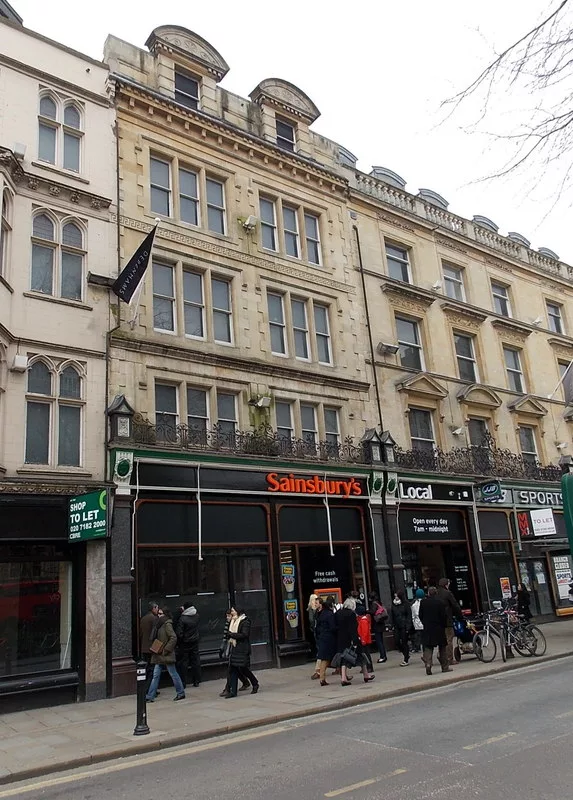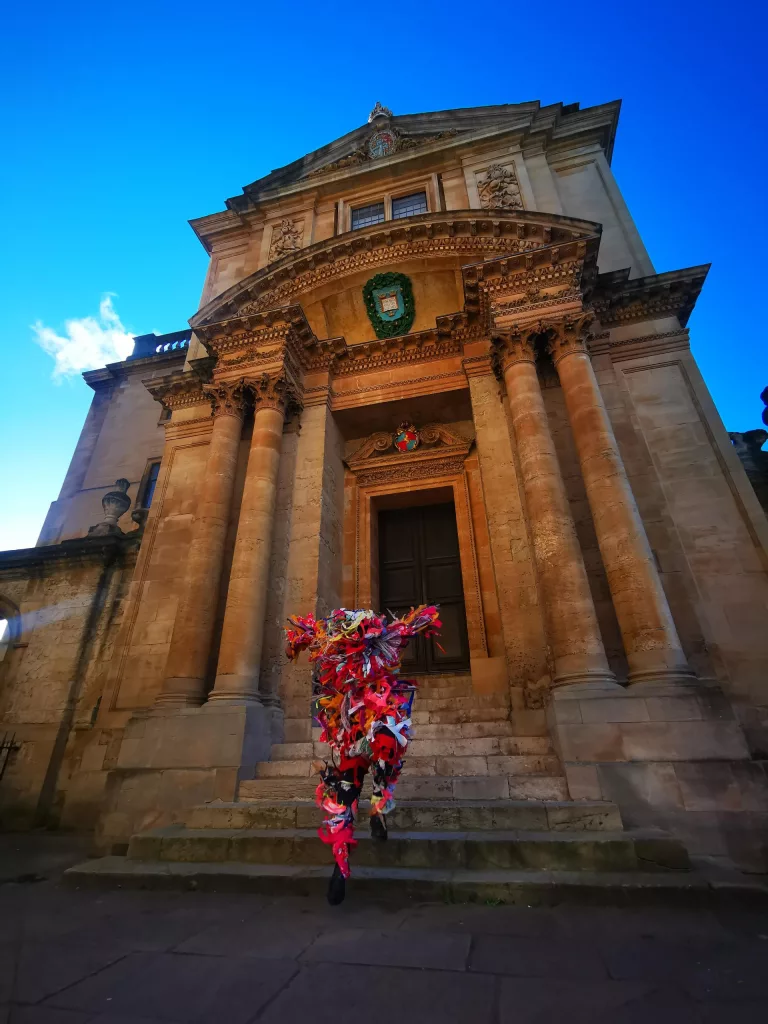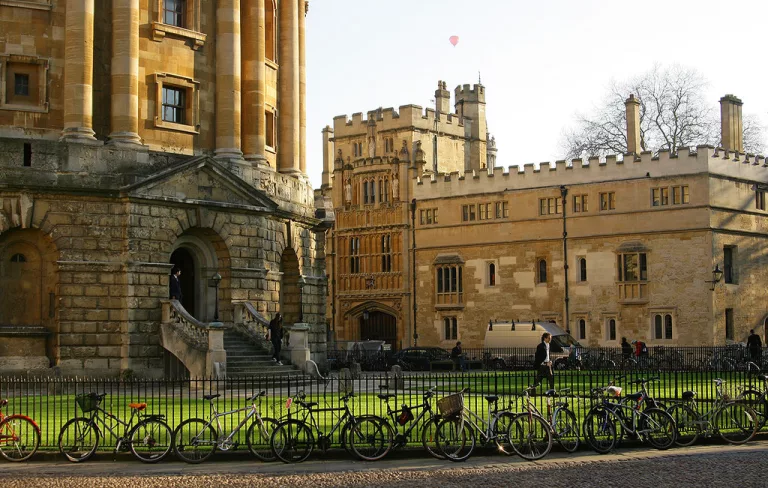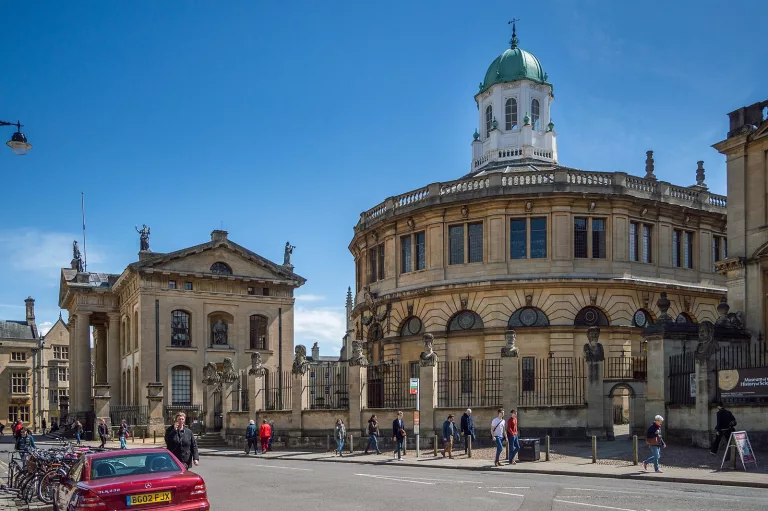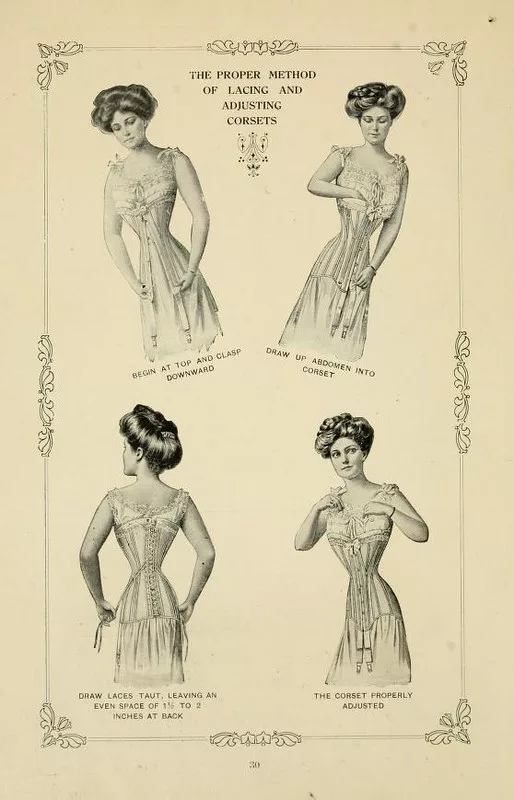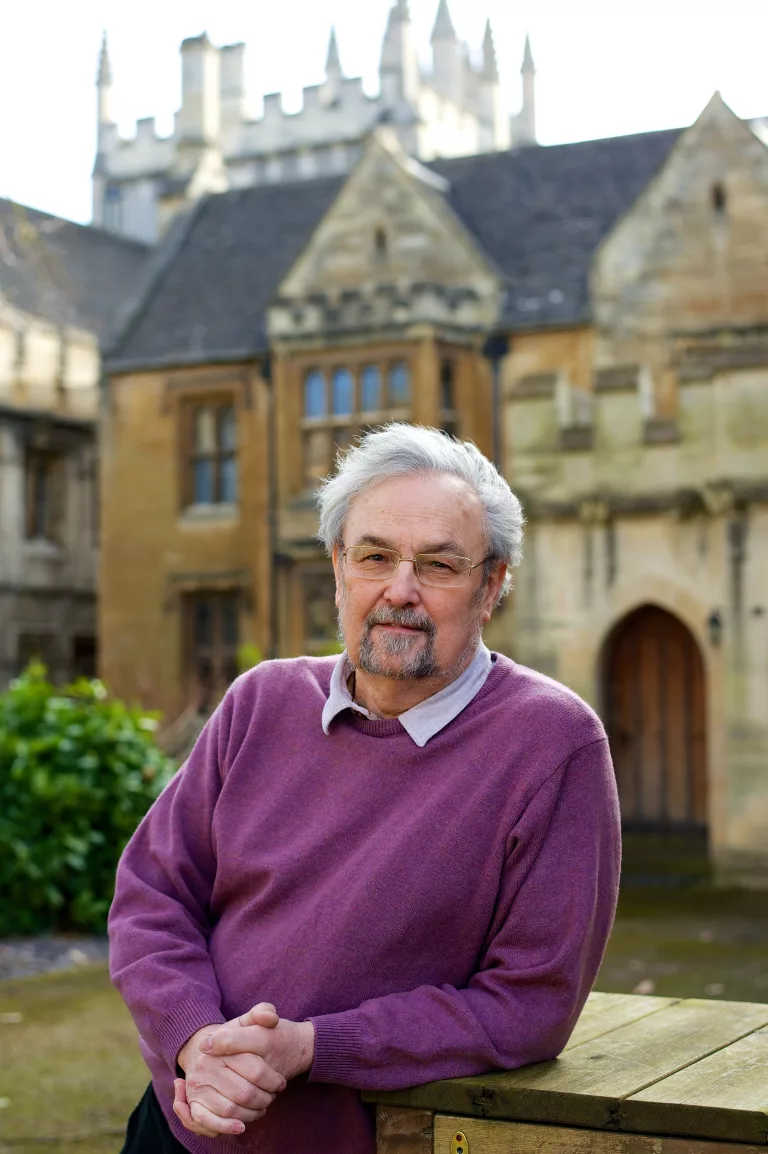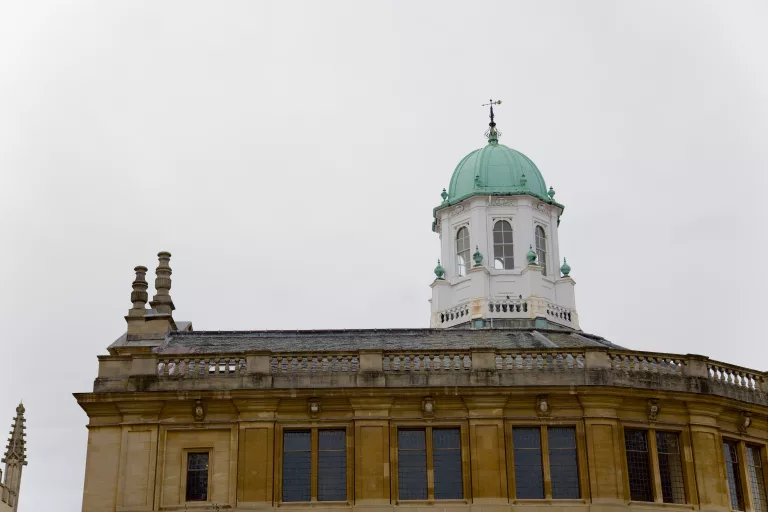Robin Dunbar is Emeritus Professor of Evolutionary Psychology at the University of Oxford, famous for his research on social networks and friendships. He is responsible for ‘Dunbar’s number’, the finding that we can only maintain 150 stable social relationships because of cognitive limits.
How many friends do you have? Perhaps a circle of close friends, followed by people you talk to on a regular basis, to people you recognise and say hello to. Then there are the relationships we maintain online, both followers and the people we follow.
Professor Robin Dunbar’s research looks at what primate behaviour can tell us about how we form and maintain these friendships.
“I spent the first 25 years of my research career studying monkeys and ungulates mainly in East Africa and in Scotland, so I was very attuned to animals and animal behaviour.” This sensitivity to behaviour was helped by a multicultural upbringing – “I grew up embedded in five different cultures and being bilingual in one of them and somewhat conversational in a couple of others. Those got me interested much more in humans.” What brought the two together – primate behaviour and human interaction – was the social brain hypothesis, “an explanation for why primates have very big brains” based on the complex social interactions they have.
Professor Dunbar produced evidence that there was a relationship between individual brain size and the group size of primates, and used the data to see whether this also applied to human groups. “I made a prediction off the back of the equation for primate data and then went away and looked in small scale societies to see whether this number came up.” From the data, Professor Dunbar found that the brain size of humans means that we can maintain up to 150 social relationships. In other words, human groups have a cognitive limit of 150 people.
This number, now known as ‘Dunbar’s number’, then appeared in all sorts of different contexts. “We began to become aware that this number just keeps coming up all over the place. Not just in small scale ethnographic tribal societies, but even in the modern world in all sorts of likely contexts, like in the number of people you phone, even the size of German residential campsites, that was just bizarre.” The idea that there is a fundamental mathematics and logic underpinning how we socialise is a compelling one.
But what do these findings tell us about how we form friendships, and the way that we socialise? The recurrence of 150 suggests something special about social groups of that size, and a related result finds that the optimal number of close friendships is 5. “That got us interested in why these groupings particularly stick together – what it is about these numbers that makes them particularly stable, and what is used to create that sense of community and that’s really what got me into friendships. In the next 25 years or so, my research career was spent trying to figure out what on earth friends are.”
Many of the research findings make intuitive sense, and the scientific evidence explains universal experiences, including why we make social faux pas. The truth is, it takes years of training for our brains to easily process social cues, including non-verbal communication used in everyday social interactions. Professor Dunbar’s work on the first neuroimaging paper looked at where in the brain processed the emotional cues of facial expressions. Only in adult brains was this emotional processing automatic, which in younger ages occurs in the frontal lobes requiring more cognitive effort.
“It takes 25 years to figure out what’s going on before you can automate all this stuff, which probably explains why teenagers struggle so much with their relationships because they are still trying to figure out what’s going on. Eventually you get some intuitive grasp of how this very, very complex world works. [Social interactions are] unbelievably complex, probably the most complex thing in the universe.”
An obvious question is how technology has impacted the way we relate to one another, and whether technology has helped or hindered our social connections. Dunbar reminds us that “these things have happened before.” Take the invention of letter-writing, for example. “I have come across cases where sisters working in different big houses in the same village as domestic servants are writing to each other by the first post saying, I’ll meet you at lunch at the cafe in the village. And by the second post, the reply comes back saying, right, I’ll see you there. These were clearly mostly the younger people because this was the new technology.” Technology has always created generational differences: “they’ve been very similar in [how] they’ve been adopted and [in] the differences they’ve created between generations, but they’ve not completely destroyed society.”
Despite the pervasiveness of FaceTime, Instagram, or texting, the importance of face-to-face interaction was most obvious after the experience of the Pandemic. Yet the significance of in-person interactions is felt even in less extreme circumstances: whether returning home for the vac, or seeing old friends and family, being in the same place as someone is not something that can be replaced by technology, even if it does help us keep in (virtual) contact.
Professor Dunbar explains the science behind this – the truth is tactile. “Notwithstanding digital media, it seems to me the pull of face-to-face interactions is still so much stronger. And that’s what all the research says, because there’s something engaging [in] being able to stare into somebody else’s eyeballs across the table in the bar, or restaurant or whatever. When we are engaged in conversation with each other, in the normal course of life and face-to-face, we do a huge amount of physical touch constantly.” Whether it’s a handshake or a hug, these make a huge difference to our interactions, not least because of the biological response this triggers in our brains. “We have all over our skin these highly specialised receptors […] that are a one-way track to the brain that triggers the endorphin system which is the principal chemical that underpins a sense of bonding. Touch becomes very important, and we do it casually as a pat on the shoulder and a stroke on the arm, or a fiddle with the hair, all these kinds of things you just do with our close friends and family really without thinking about it. It’s this constant, ongoing physical contact that reinforces and builds up this sense of a close relationship.
“It’s clearly because it creates a sense of intimacy. But it also highlights, I think, the fact that touching is very, very important in how we mediate our relationships. I’ve said for a long time that if you really want to know how somebody feels about you, ignore everything they say. Look at how they touch you. Because a touch is worth 1000 words, any day, if you really want to know how they feel about you. You can’t lie with touch. You can lie with words. That’s the bottom line.”
In different group settings, understanding how the endorphin system functions highlights the importance of activities like eating together, and spending time with one another in person. “We’ve found things that allow us to step back from that physical contact, and that means you can then group several people simultaneously [and] therefore increase the size of the group. These include things like laughter and singing and dancing and stuff, but interestingly, they also include eating together. Drinking alcohol together is a really big trigger for the endorphin system. It’s not the alcohol, but the endorphins you get addicted to.”
We just don’t get the same response from online interactions, and Professor Dunbar suggests there are limits to sustaining friendships that don’t have the same in-person interactions. “There’s something weird that goes on in the dynamics of relationships, the chemistry of relationships, when you’re in a face-to-face context, and part of that is being able to see the emotional expressions in full size.” Even if technology is able to solve the tactile elements of social interaction, Professor Dunbar thinks “there are some limits beyond which there’s a mystery. In the chemistry of how this works, that is simply not translatable via the internet, sadly.” This certainly helps explain the knee-jerk negative reaction at the prospect of transferring our real-life interactions into a technological metaverse.
Although messaging and seeing our friends’ stories are ways of keeping up with what they’re up to, Professor Dunbar thinks that friendships have a built-in ‘decay function’, where people naturally drift further and further apart. “My conclusion, having worked on this and talked about it a lot, is that what the technology does is act as a good sticking plaster. It slows down the rate at which friendships would naturally decay if you don’t see people.”
The research suggests that it takes about three years of not seeing a good friend for them to become an acquaintance, “somebody you once knew but kind of lost track of. […] They’ve changed and you’ve changed and your interests have changed so that you would no longer have as much in common as you had when you were seeing each other regularly. […] My sense is what digital media does, and what social media does in particular, is slow down that rate [of decay]. They hold it there, but nothing is going to stop that friendship becoming an acquaintance-ship if you don’t see them in person long enough. So, at some point, you have to keep meeting up to reboot things.”


